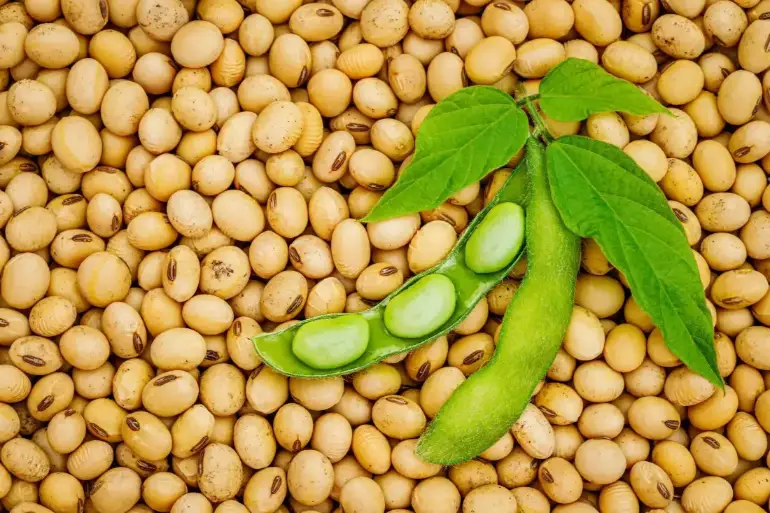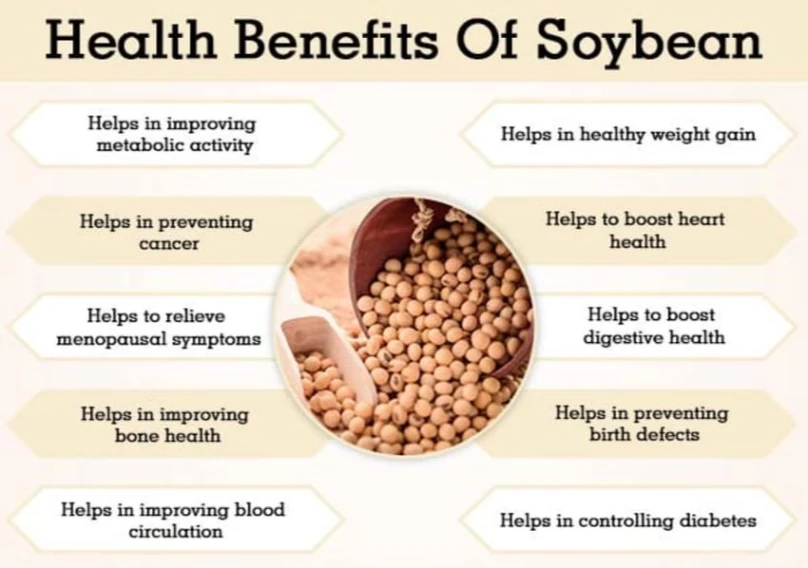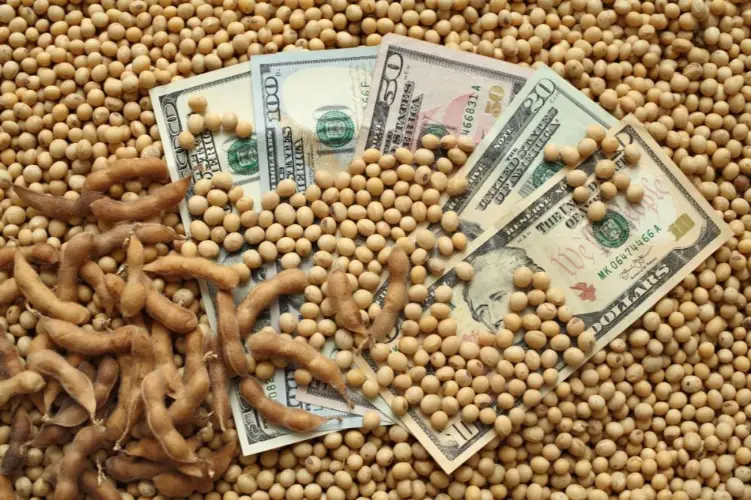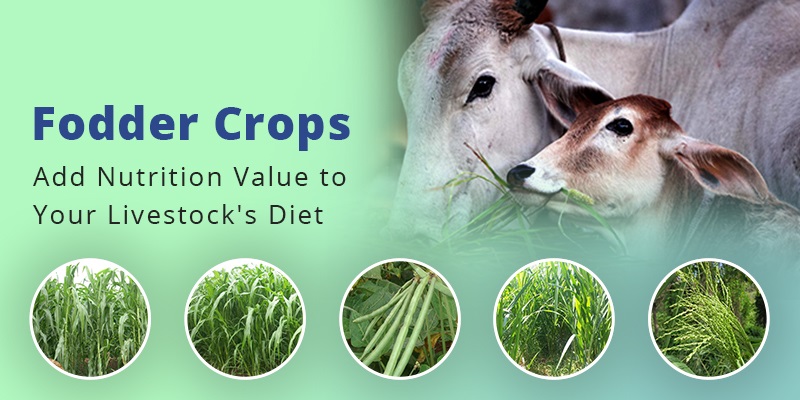Soybeans – the versatile legume that has made its mark in kitchens worldwide, fueled by its nutritional prowess and culinary adaptability. Let’s dive into the world of this crop, exploring their origins, health benefits, market dynamics, and their promising future in agriculture.
What is Soybeans?
Soybeans, scientifically known as *Glycine max*, are a species of legume native to East Asia, particularly China. These small, protein-packed beans have become a staple in various cuisines globally, prized for their rich nutrient profile and versatility in cooking.

The Soybean Story:
Origins and History
The story of soybeans dates back thousands of years, with evidence suggesting their cultivation in China as early as 9,000 years ago. Initially used for soil fertility rather than human consumption, it gradually found their way into the Chinese diet as culinary techniques evolved.
Soybeans Go Global
From their humble beginnings in East Asia, soybeans embarked on a journey across continents, shaping diets and cuisines around the world.
Introduced to Europe in the 17th century and later to the Americas, it became a vital crop in many nations, particularly in the United States and Brazil, leading producers of this crop today.
Nutritional Powerhouse:
Health Benefits
Soybeans are not just culinary staples; they are also nutritional powerhouses. Packed with protein, fiber, vitamins, and minerals, it offer a range of health benefits. They are notably rich in essential amino acids, making them an excellent source of plant-based protein for vegetarians and vegans.
Soy in Your Diet
From tofu and tempeh to soy milk and edamame, soybeans feature prominently in various dishes and products. Tofu, made from soybean curds, serves as a versatile meat substitute, while soy milk provides a dairy-free alternative packed with nutrients.
Edamame and young plant harvested before they ripen, makes for a delicious and nutritious snack.

Sustainable Farming:
Eco-Friendly Crop
Beyond their nutritional value, soybeans also play a crucial role in sustainable agriculture. As nitrogen-fixing plants, they enrich the soil, reducing the need for synthetic fertilizers.
Moreover, it require less water and land compared to other protein sources, making them an environmentally friendly choice for food production.
Future of Farming
In an era of climate change and growing population, the role of soybeans in sustainable agriculture is more critical than ever. Researchers are exploring innovative farming techniques, such as precision agriculture and genetic modification, to enhance soybean yields while minimizing environmental impact.
Economic Impact:
Market Dynamics
The global soybean market is vast and dynamic, driven by factors such as population growth, dietary shifts, and trade policies. The United States, Brazil, and Argentina dominate soybean production, with China, the European Union, and Southeast Asia being major consumers.
Fluctuations in supply and demand, coupled with geopolitical tensions, can significantly impact soybean prices and trade patterns.
Soy Products
Soybeans are not limited to the bean itself; they are also processed into various products, ranging from cooking oils and sauces to cosmetics and biofuels. Soybean oil, extracted from this, serves as a versatile cooking oil and a key ingredient in many processed foods.
Soy lecithin, a byproduct of soybean oil production, finds applications in food processing and pharmaceuticals as an emulsifier.

Conclusion
Soybeans are more than just a humble legume; they are a symbol of culinary diversity, nutritional excellence, and sustainable agriculture.
As we continue to explore innovative ways to harness the potential of this crop, let us remember their rich history, embrace their health benefits, and champion their role in shaping a more sustainable food future.
Whether enjoyed in a savory stir-fry or as a creamy dessert, it will undoubtedly remain a beloved ingredient in kitchens worldwide for generations to come.
Read Also:
What Is O Farming: Make Money Online, Get Start & Benefits
Bamboo Farming: Types, Cultivation & Economic Opportunities
What Are Fodder Crops: Role In Agriculture, Types & Benefits
Perennial Crops: Best Examples & Benefits Of Growing Food That Lasts
Controlled Environment Agriculture: Cultivating The Future Of Farming
Homemade Fertilizer For Tomatoes: Important Methods & Benefits
Precision Farming: Revolutionizing Agriculture For A Sustainable Future
What Is E-Farming: Benefits, Challenges And Opportunities

Meet Our Expert Agricultural Administrator
Welcome to agrigreenhands.com, your dedicated hub for all things related to agricultural farming. Leading the way in our commitment to sustainable and innovative practices is Jawad Hussain, our esteemed administrator with a profound background in agriculture….


